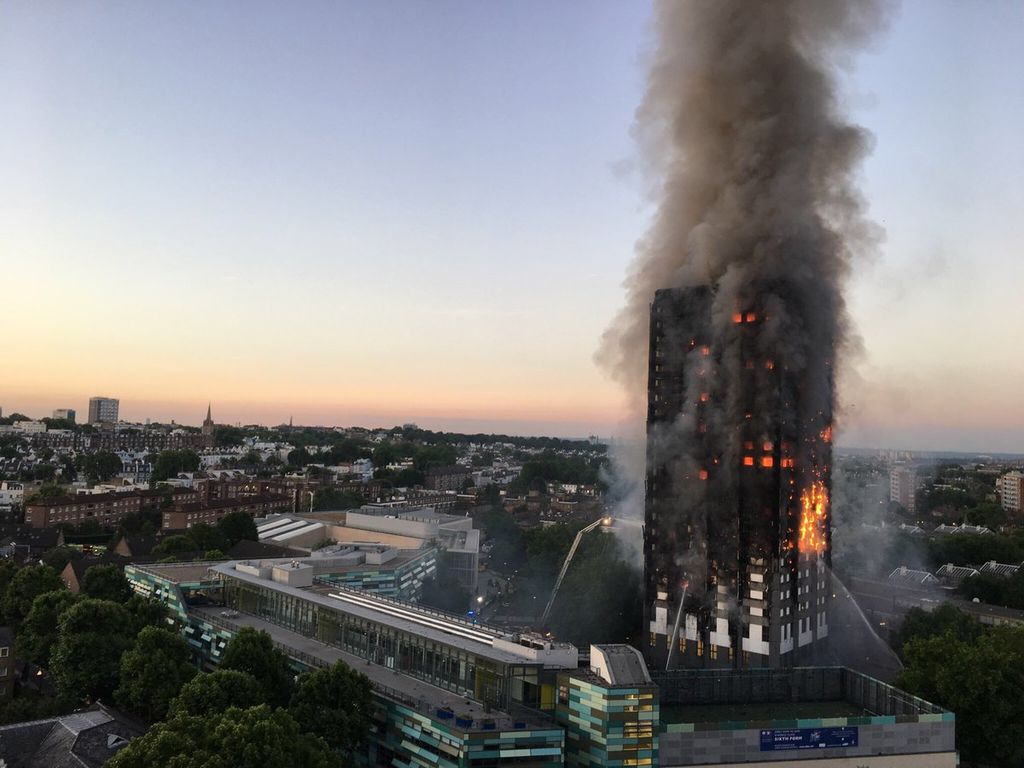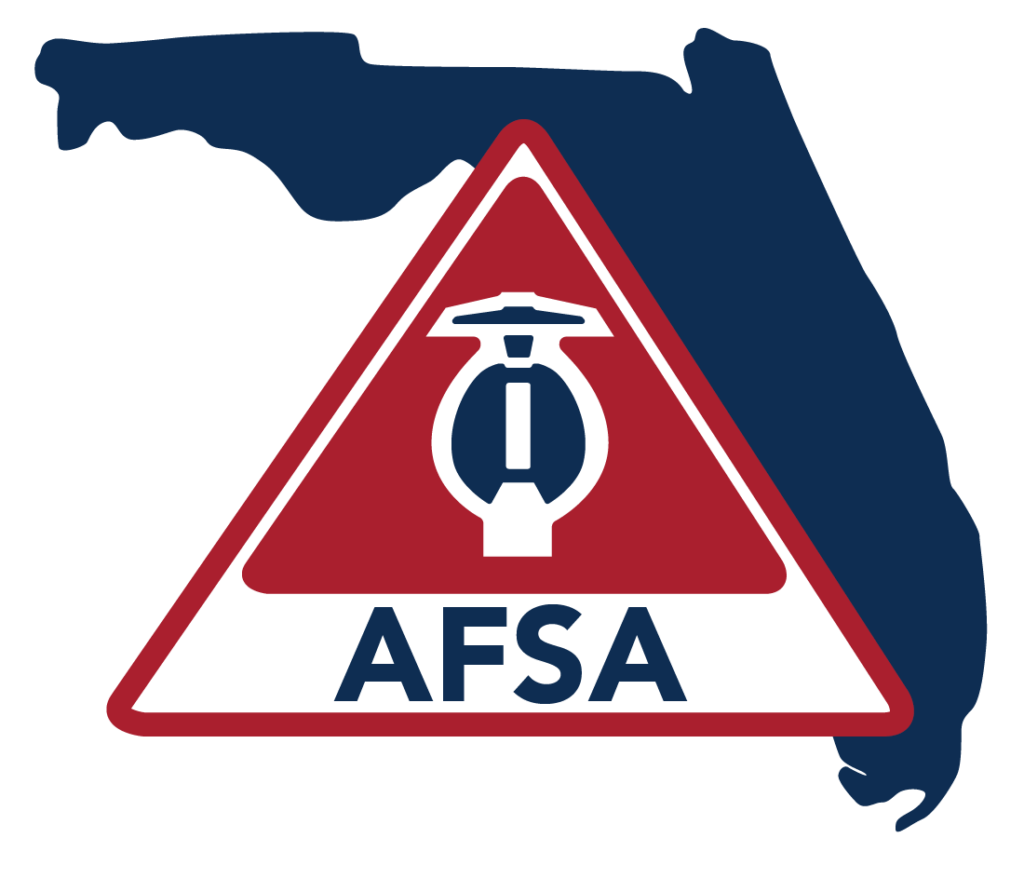
NFPA President Jim Pauley addresses Grenfell Tower fire as evidence of shortfalls in addressing today’s global fire problem
June 21, 2017 – In the wake of the Grenfell Tower fire in London, where 79 people died or are presumed dead and many more were injured, serious concerns and questions around flammability of exterior cladding, the lack of fire sprinklers and the notion of “shelter in place,” among other subjects, have been brought to the forefront by the news media and the public at large. Jim Pauley, president and CEO of the National Fire Protection Association (NFPA), addressed these troubling fire safety issues in the upcoming edition of NFPA Journal, the association’s membership publication, which will be officially released next month.
“On its own, last week’s high-rise fire in London was a horrendous tragedy. In combination with other recent events, some disturbing trends emerge that could set fire safety back for decades,” said Pauley, pointing to the several multiple-fatality fires that have occurred around the globe in less than one year, including:
- the Oakland Ghost Ship fire in California, a former warehouse being used as living and entertainment space
- a packaging factory in Bangladesh that killed 23 in a building with woefully inadequate fire protection
- a wildfire in Tennessee that burned over 17,000 acres of land and killed 14 people
- a raging wildfire in Portugal that claimed the lives of 62 people, many burned in their cars as they attempted to flee, raising similar questions about planning and preparedness
- a Connecticut fire that took the life of a six-year-old girl when it ripped through a recently constructed house that, if it had been built to meet the national codes, would have had a home fire sprinkler and likely a much different outcome.
“Taken together, these tragic fires reflect a larger global problem warranting action. Looked at in their entirety, they are a collective example of how, either intentionally or accidentally, the fire prevention and protection system has been broken,” said Pauley. “A system that the public believes exists and counts on for their safety – through complacency, bad policy and placing economics of construction over safety – has let them down.”
Pauley notes that each of these scenarios, as well as many others, point to one or more contributing factors:
- the use of outdated codes and standards
- acceptance of reduced safety requirements to save money
- ignoring referenced standards within a code
- lack of education around the application of the codes and standards
- reduced enforcement
- a public unaware of the dangers of fire
Pauley’s article also addresses the vital roles that government; policy makers; codes and standards users; professionals involved in design, installation, enforcement and maintenance; and community jurisdictions play in ensuring the public’s safety. When any of those groups becomes complicit or lax in properly executing their roles and responsibilities, the consequences can be – and have been – catastrophic, Pauley noted.
“The system the public relies on for managing fire safety is broken and a single solution isn’t the answer. It will take a systems approach to fix it,” said Pauley. “We may not be able to prevent every tragedy from occurring, but by recommitting to and promoting a full system of fire prevention, protection and education, we can help save lives and reduce loss.”
Click here to read the full version of Jim Pauley’s op-ed, which will appear in the July/August 2017 issue of NFPA Journal. For this release and other announcements about NFPA initiatives, research and resources, please visit the NFPA press room.
About the National Fire Protection Association (NFPA)
Founded in 1896, NFPA is a global, nonprofit organization devoted to eliminating death, injury, property and economic loss due to fire, electrical and related hazards. The association delivers information and knowledge through more than 300 consensus codes and standards, research, training, education, outreach and advocacy; and by partnering with others who share an interest in furthering the NFPA mission. For more information visit www.nfpa.org. All NFPA codes and standards can be viewed online for free at www.nfpa.org/freeaccess.
